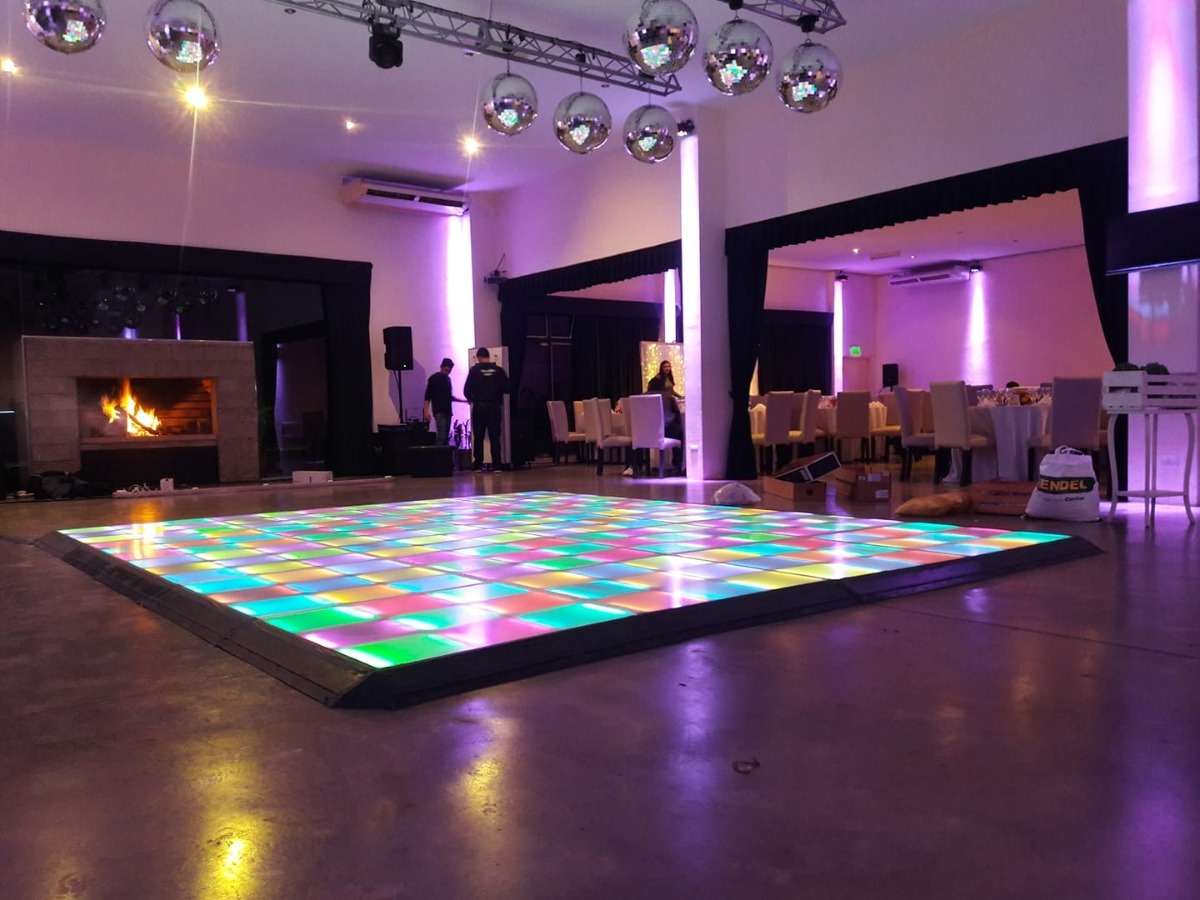Crucial Tips for Maintaining and Looking After for Leased Dance Surfaces to Ensure Longevity and Functionality
Crucial Tips for Maintaining and Looking After for Leased Dance Surfaces to Ensure Longevity and Functionality
Blog Article
Caring for and caring for leased dance floors is crucial to ensure their durability and performance. Dance floors are commonly made from materials like timber, vinyl, or composite, each needing particular care to keep them in good condition. Adequate maintenance not only improve the look of the surface but also ensures safety for performers. By following a few key tips, users can prolong the lifespan of rented dance surfaces and maintain their effectiveness for various events.
One of the key important aspects of caring for a rented dance floor is routine cleaning. Dust, dirt, and debris can accumulate on the top, making it slippery and unsafe for dancers. It is recommended to clean or vacuum the floor before and after every use. For thorough cleaning, a damp mop with a proper cleaning agent can be used, but it is crucial to avoid excessive water, particularly on timber floors, as this can cause warping. Using the right cleaning agents is also vital; harsh chemicals can harm the finish and integrity of the surface. Always check with the leasing company for suggested cleaning solutions.
Another key factor in maintaining rented dance surfaces is correct installation and setup. Making sure that the surface is laid out correctly can prevent damage during use. It is crucial to follow the manufacturer's guidelines for setup, which may entail using protective underlayment or making certain that the floor is level. If the surface is modular, ensure that all sections fit tightly together to prevent tripping hazards. Additionally, using safeguarding coverings during setup can help avoid scratches and dents from gear or fixtures.
Temperature and moisture control also have a crucial role in the maintenance of rented dance floors. Timber floors, in particular, are vulnerable to changes in the environment. High moisture can cause wood to swell, while low humidity can result to splitting. It is recommended to keep the dance space at a stable temperature and moisture level. If possible, use humidity look at this now control devices or air conditioning to maintain a pleasant atmosphere. This not only protects the floor but also enhances the general experience for performers.
Finally, it is crucial to inform all participants about the correct use of the dance floor. Dancers should be cognizant of the kinds of shoes that are suitable for the floor. For example, shoes with elastic soles can create too much friction on specific floors, while shoes with hard soles may scratch the surface. Promoting dancers to warm up and cool down properly can also help avoid accidents and harm. By cultivating a environment of care and respect for the rented dance surface, participants can ensure that it remains in excellent condition for future events.